In 2018, Lenovo became Ducati’s official technology partner for MotoGP. Over the past five years, the sport has evolved remarkably, thanks in large part to technological advancements that have enabled the bikes and riders to reach new heights. Relying on Lenovo’s technology and strategic support, Ducati has been able to set the pace for innovation in the sport. Today, the company ends the 2022 season celebrating three extraordinary results: the victories of the Riders’ World Championship, of the Constructors’ World Championship and of the Teams’ World Championship.
The 2022 racing season marks a milestone in Ducati’s history, with the victory of the MotoGP Triple Crown. After winning the Constructors’ World Championship and the Teams’ World Championship, respectively for the third and the second consecutive year, during the Valencia GP, Ducati also secured the Riders’ World Championship title.
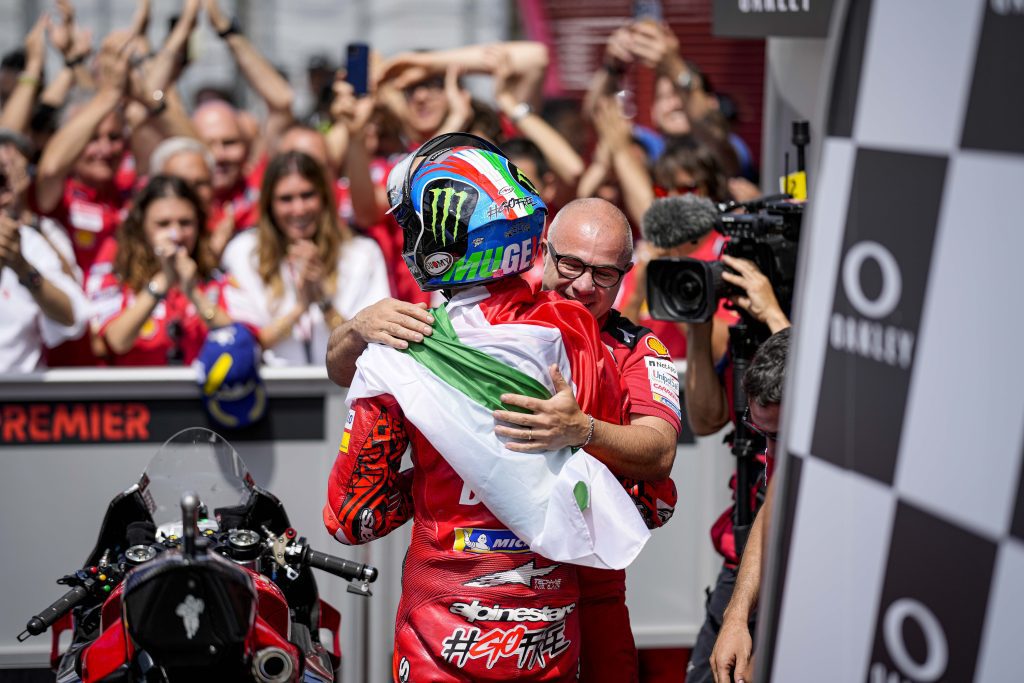
Won, not by chance, the three titles prove the value of continuous innovation in the fast-paced, constantly evolving world of motorsports. Lenovo has played a crucial role in this evolution, providing the Ducati team with its cutting-edge technology, data analytics, artificial intelligence (AI), and smart collaboration solutions to improve operations and on-track performance.
“In a sport like MotoGP, much can change in a short amount of time. The sport, like the racers’ motorcycles, evolves at breakneck speed. We’re proud to have partnered with Ducati for 5 years, leading innovation and contributing to a faster, safer, and more exciting sport,” commented Luca Rossi, President of Intelligent Devices Group at Lenovo. “The results achieved during the 2022 MotoGP season are also due to Ducati’s incredible digital transformation over the past few years. While celebrating these successes, we’re keeping an eye on the future. We look forward to continuing our work together to further raise the bar of high performance.”
“I am very proud to celebrate this five-year-long partnership with Lenovo, with the second in a row Team World Championship title won by the Ducati Lenovo Team”, said Claudio Domenicali, Ducati CEO. “We were able to win eight out of a total of twenty races this year, which not only speaks volumes about the ability of the riders but also about the technical level of the organization as a whole. We had the advantage of having a reliable and strategic partner that provided us precious support in the technological innovations of the company: on the track, in serial production, and corporate infrastructure. To be competitive and raise the bar, on and off the track, it’s essential to have a clear idea of the central role of digital innovation. Thanks to Lenovo we have strengthened this awareness accomplishing important goals, such as accelerating data collection and analysis, thus speeding up the decision-making process. We are really proud to share with Lenovo an exciting view of innovation that will take us to the future and allow us to achieve even better results together.”
Since Lenovo and Ducati became partners in 2018, Ducati has been able to set the pace for innovation in MotoGP through remarkable tech advancement. 2022 has proven to be Ducati MotoGP’s most successful year yet, capitalizing on the progress made thanks to Lenovo’s support, which has helped push Ducati technology into the fast lane.
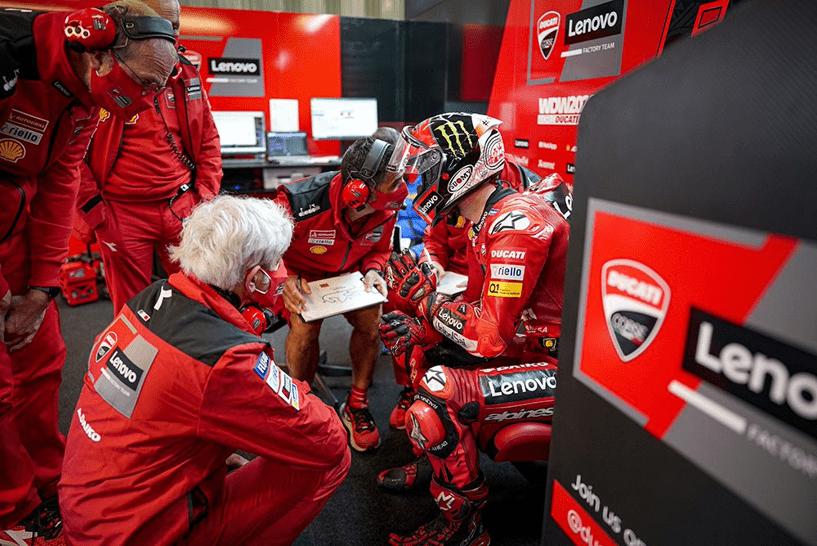
Technology at the core
“In MotoGP, a partner like Lenovo is fundamental for research, development and design because of the technological expertise they bring on board. With Lenovo as a partner, we have reached a new level in the last few years,” said Gabriele Conti, Ducati Electric Systems Director.
As Ducati’s title and technology partner, Lenovo supplies the racing team with all the technology it requires – from desktop computers to servers to laptops. Evidence of the partnership sits on the motorcycles themselves, which feature the Lenovo logo emblazoned across their chassis.
For a fast-moving sport like MotoGP, riders must be top-notch, bikes fast and powerful and the team in the pit agile and creative. But behind the scenes, cutting-edge technology is essential to power the entire affair.
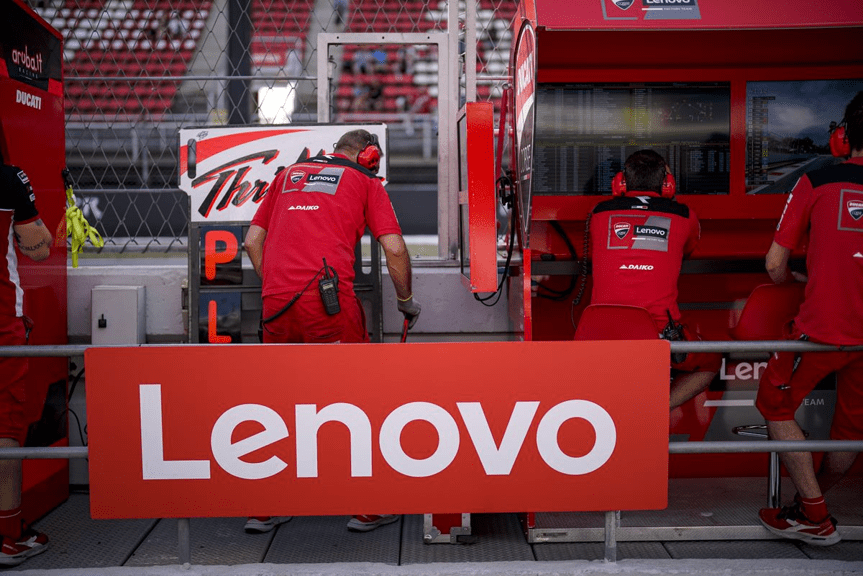
Unleashing the power of data
Ducati bikes are equipped with dozens of sensors that record every aspect of each ride, from speed to traction to temperature. The sensors produce massive amounts of data, enabling the pit team to tweak the bike as necessary for peak performance. Without Lenovo’s high-performance computing devices and servers, all that data would not be processed or used in a timely manner for crucial race-time decisions.
“All this data is a necessary ingredient to make the right choice,” Conti said. “You need powerful computing to process it.”
In recent years, with support from Lenovo technology, Ducati has added machine learning to its arsenal of racing tools. Machine learning gives computers the power to learn, leveraging data to improve performance for a variety of tasks. Computers can now help answer questions and inform engineers who once relied solely on intuition.
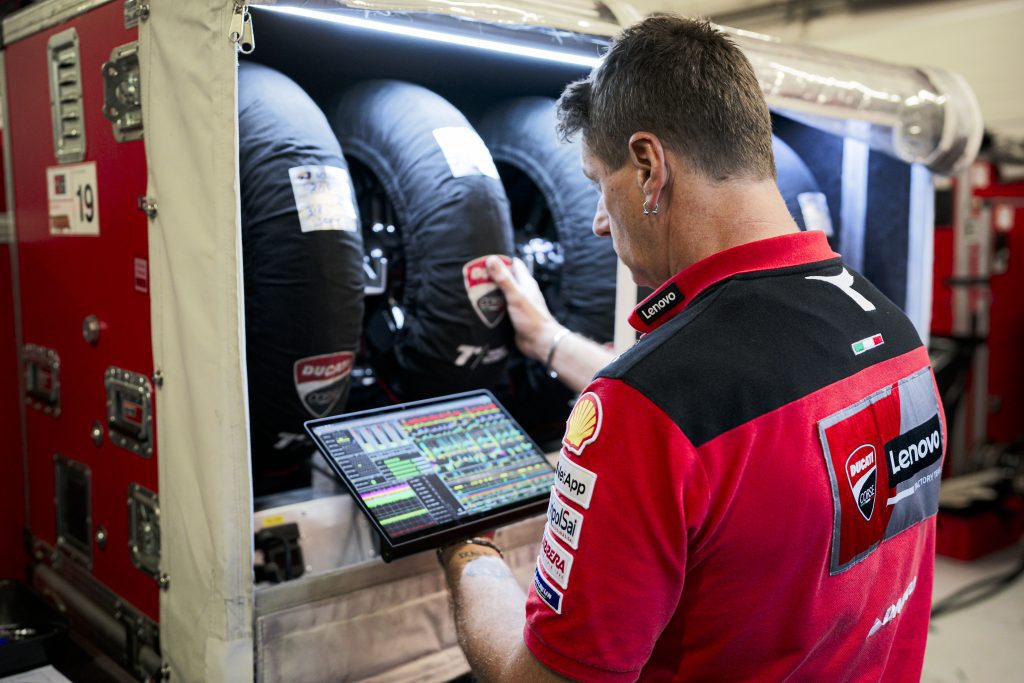
At the forefront of innovation
Over the last few years, MotoGP has seen numerous developments and advancements, all of which were largely enabled by technological prowess. According to Davide Barana, Technical Director of Ducati Corse, there are three realms in which the sport has made recent leaps and bounds: aerodynamics, tires, and a Lenovo-designed bike lowering system.
Aerodynamics play a crucial role in winning races in MotoGP. While a race car driver keeps his four wheels firmly planted on the ground, a MotoGP racer must lean and flow into each turn, while being entirely visible.
“In auto racing, the driver is immersed into the car,” said Barana. “In motorcycle racing, the rider is completely exposed to the wind and the aerodynamics.”
The rider himself, Barana added, is an “aerodynamic effector.” This means the aerodynamics of a bike are much more complex.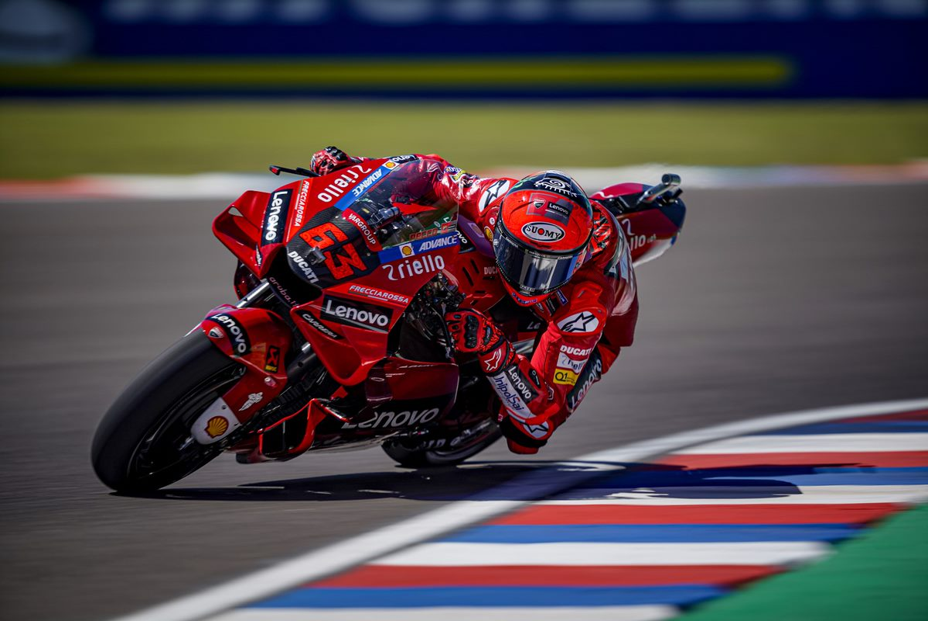
Ducati has already made huge strides in its aerodynamic advancement, due in large part to computational innovations, which enable engineers to simulate what will happen during a race before the rider ever steps foot on the track. To build these simulations, immense computational power is required. That’s where Lenovo comes in.
The lowering system is yet another aspect that’s become crucial in MotoGP. The bikes are powerful machines, and the front will rise if too much power is pushed through its system. That’s why Ducati developed a lowering system that keeps the wheels on the ground.
“This enables us to get much more benefit from the thrust of the engine,” Barana said.
Lastly, tires play a significant role in the success of the rider. Though the tires may look like regular wheels, for MotoGP, they’re specifically designed for speed and stability. Ducati engineers must pick from three tire options per race. Each offers a different benefit and operates at a different temperature.
“It’s up to electronics to mitigate the situation,” Conti said.
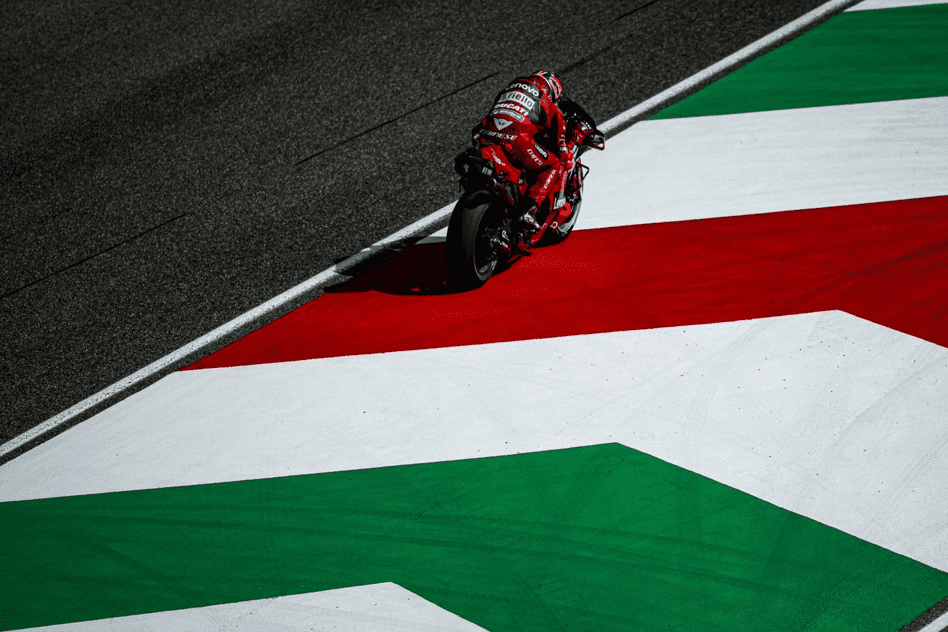
Always with an eye to the future
But the innovations won’t stop there. Though the fundamentals will always remain the same, in the future, MotoGP may look like an entirely different sport. Ducati intends to use AI to better prepare for races in the coming years – and with Lenovo’s support, what was once a pipe dream will become reality.
It’s almost impossible to foresee what the future of the sport holds. The rules change constantly, and the ingenuity never stops.
“What can I say, we have to be very fast and responsive, just like our riders,” Conti said.
One thing we can say for certain is that the power of Lenovo computing technology will be essential to stay one step ahead. What might the future hold? We’ll know when we get there.
